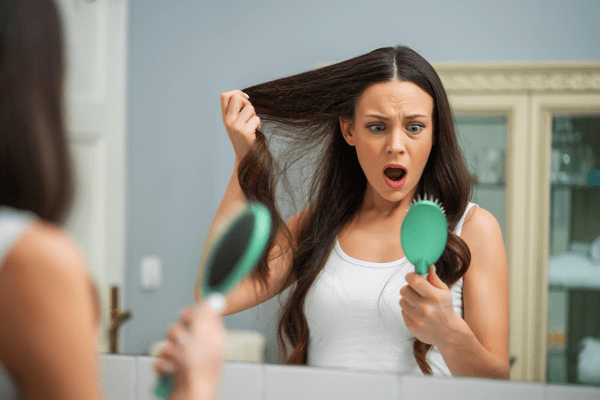Are you experiencing hair loss and considering minoxidil as a treatment option? In this comprehensive article, we will delve into the world of minoxidil and discuss its side effects, specifically comparing topical and oral forms. As two leading hair restoration surgeons, Dr. Russell Nudson and Dr. Vikram Japrakash will guide us through the potential side effects, effectiveness, and management strategies related to minoxidil. So let’s embark on this journey to gain a better understanding of how minoxidil can help in the battle against hair loss.

Minoxidil: A Versatile Hair Loss Treatment
Minoxidil is a widely used medication for both men and women suffering from hair loss. Available in various formats, such as topical solutions and oral tablets, minoxidil has shown promising results in stimulating hair growth. Originally developed as an oral medication for high blood pressure, minoxidil’s unexpected side effect of hair growth led to its application in treating hair loss. Let’s explore the different forms of minoxidil and their effectiveness.
Topical Minoxidil: Liquid vs. Foam
In Australia, topical minoxidil is readily accessible over the counter in the form of either a liquid or a foam. The liquid form, which contains alcohol and propylene glycol as a carrier, has been associated with occasional side effects like contact irritant dermatitis. However, the foam formulation was introduced to address these concerns, providing a less greasy and oily application. Dr. Nudson and Dr. Japrakash offer insightful advice on applying topical minoxidil and discuss the importance of proper usage to minimize side effects.
Exploring Oral Minoxidil: Balancing Hair Growth and Side Effects
Oral minoxidil, available by prescription, offers an alternative for individuals who may not find topical solutions suitable. While oral minoxidil can effectively stimulate hair growth, it requires careful dosage management to avoid potential side effects such as palpitations, migraines, and water retention. Dr. Nudson and Dr. Japrakash share their expertise on starting with low doses, monitoring side effects, and gradually adjusting the dosage to maximize hair growth while minimizing adverse reactions.
Shedding Light on Minoxidil Shedding
One common concern among individuals using minoxidil is the occurrence of shedding. However, shedding should be viewed as a positive sign rather than a cause for worry. Shedding indicates that minoxidil is working by stimulating the hair follicles to produce stronger, healthier hair. Our experts explain the significance of shedding and emphasize that those experiencing this phenomenon are more likely to respond positively to minoxidil treatment.
Managing Side Effects and Optimizing Minoxidil Treatment
Proper management of side effects is crucial to ensure a positive minoxidil experience. From irritation and greasiness to potential blood pressure-related symptoms, Dr. Nudson and Dr. Japrakash provide valuable insights on how to alleviate and mitigate side effects. They highlight the importance of individualized treatment plans, monitoring progress, and seeking medical advice when needed to optimize the benefits of minoxidil for hair restoration.
Conclusion
Minoxidil can be a game-changer for individuals struggling with hair loss, offering them the possibility of regaining their confidence and self-esteem. By comparing topical and oral forms of minoxidil, we have explored their effectiveness, potential side effects, and management strategies. Armed with this knowledge, you can make an informed decision and embark on a minoxidil treatment journey with confidence. Remember, consult with a medical professional for personalized advice and guidance throughout your hair restoration journey.
